Among the many divine forms of Lord Shiva, Sri Dakshinamurthy holds a unique and exalted position as the Adi Guru – the first teacher of the highest knowledge. In this sacred form, Shiva imparts Jnana (spiritual wisdom) not through spoken words but through deep silence, inner transmission, and sheer presence. Facing south and seated beneath a banyan tree, He becomes the eternal guide for seekers, sages, and yogis yearning to understand the Self and the Supreme.
Sri Dakshinamurthy reveals the truth of existence, the nature of Brahman, and the means to liberation. His teachings are not bound by language or intellect. Instead, they arise from pure awareness, dissolving ignorance and awakening the light of realization within. To invoke Him is to open oneself to inner clarity, discrimination, and timeless knowledge.
Let’s now explore His iconography, symbolism, and the deeper meaning behind His revered presence in the spiritual tradition.
Meaning of the Name and His Role as Guru
The name Dakshinamurthy comes from two Sanskrit words: Dakshina, meaning south, and Murthy, meaning form or embodiment. Thus, Dakshinamurthy is the “One who faces south.” In the Vedic tradition, the south is the direction associated with death, ancestors, and spiritual transformation. By facing south, Lord Shiva as Dakshinamurthy stands as the ultimate Guru who guides aspirants beyond the illusion of death and ignorance, toward eternal truth and Self-realization.
As the Adi Guru, Dakshinamurthy governs the five divine functions (Panchakrityas) of the cosmos:
- Srishti - Creation
- Sthiti - Preservation
- Samhara - Dissolution
- Tirobhava - Concealment or Illusion
- Anugraha - Grace or Revelation
These five activities represent the entire cycle of cosmic existence, and Dakshinamurthy silently directs them through divine awareness. He is not merely a teacher in the conventional sense; He is the Guru of all Gurus (Guru of even the gods), whose presence transmits experiential knowledge (Atma Jnana) beyond scriptures and speech.
In Sanatana Dharma, the Guru holds the highest place of reverence. And among all Gurus, Dakshinamurthy is supreme, for He teaches the purest knowledge - the knowledge of the Self, which leads to liberation (Moksha). His silent teaching dissolves doubts, ego, and bondage, illuminating the truth that the seeker and the sought are one.
Sacred Form and Symbolic Elements of Dakshinamurthy
Sri Dakshinamurthy is most often envisioned seated in serene stillness under a sacred Vata Vriksha (banyan tree), facing the south, a direction symbolizing spiritual transformation and liberation. His posture is one of effortless composure, seated upon a tiger or deer skin, signifying control over base instincts and egoic desires. Beneath His right foot lies Apasmara, the dwarf demon of ignorance, crushed underfoot to depict the suppression of spiritual ignorance by divine wisdom.
One of His defining gestures is the Jnana Mudra, the gesture of supreme knowledge. In this mudra:
- The thumb represents the Supreme Consciousness (God).
- The index finger symbolizes the individual soul (Jiva).
- The other three fingers stand for the three impurities: ego (ahamkara), illusion (maya), and karmic bondage (papa/punya).
When the index finger unites with the thumb, it shows the realization that the soul is not separate from God. This symbolic hand posture alone conveys the essence of Advaita Vedanta-the path of non-duality.
Beyond this classical form, Lord Dakshinamurthy appears in other revered manifestations:
- Veena Dakshinamurthy, where He plays the veena, representing mastery over arts and the divine flow of Nada (sound vibration).
- Rishabharooda Dakshinamurthy, where He is seated on Nandi, the bull, symbolizing Dharma and unwavering spiritual strength.
- Each aspect of His form speaks volumes in silence, guiding the seeker toward Self-knowledge and transcendence without uttering a word.


-in-Astrology.jpg)


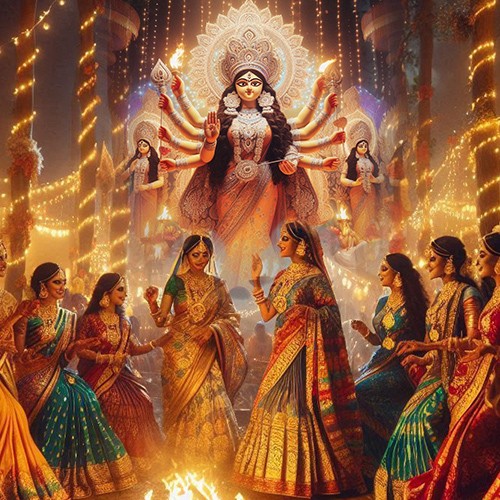
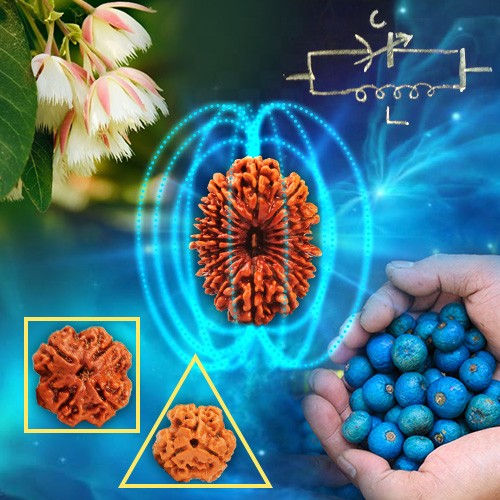

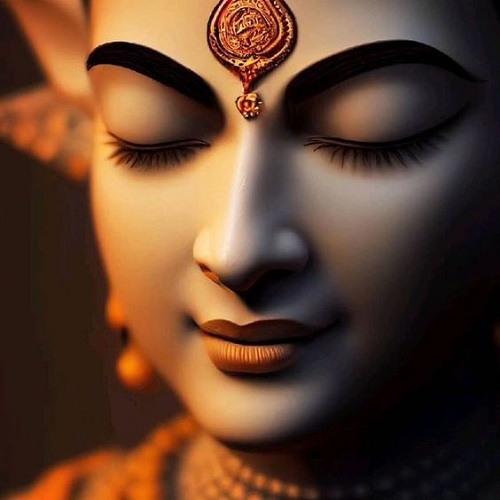
.jpg)
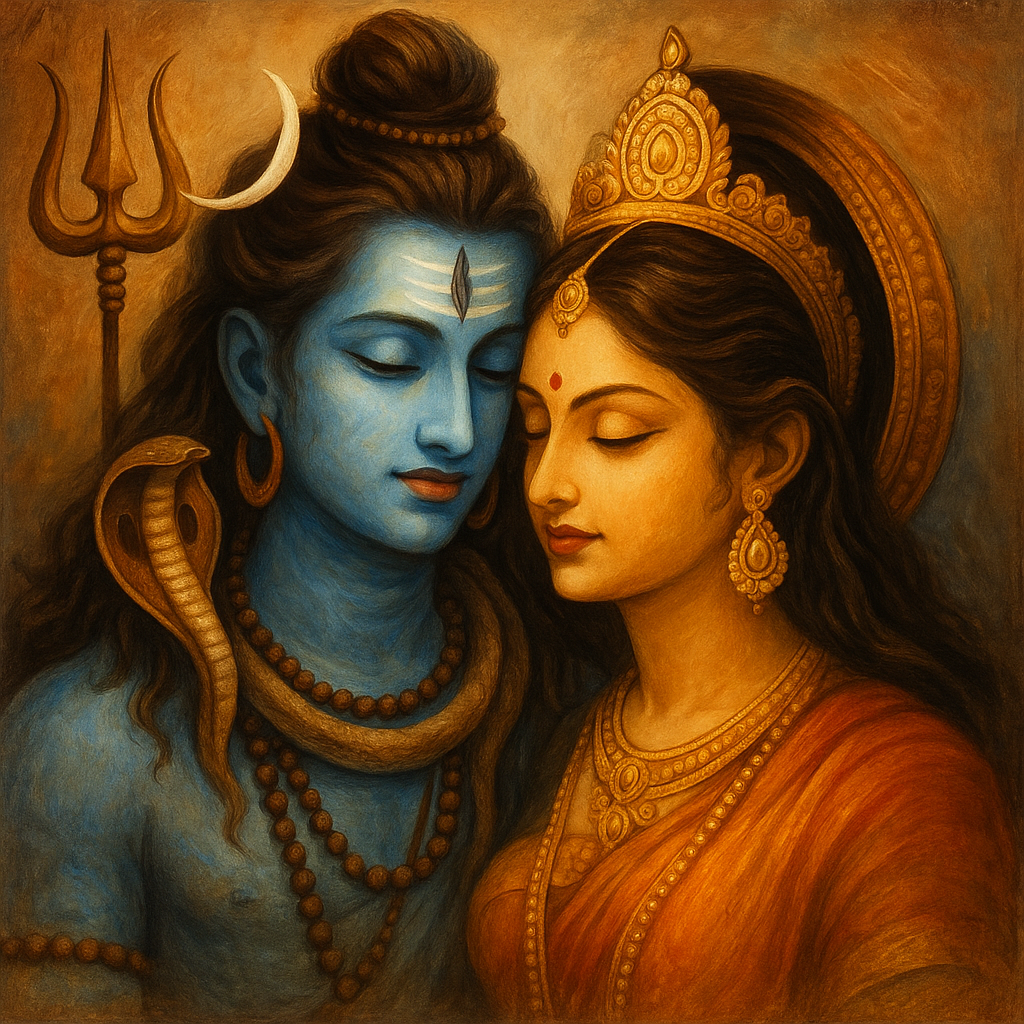
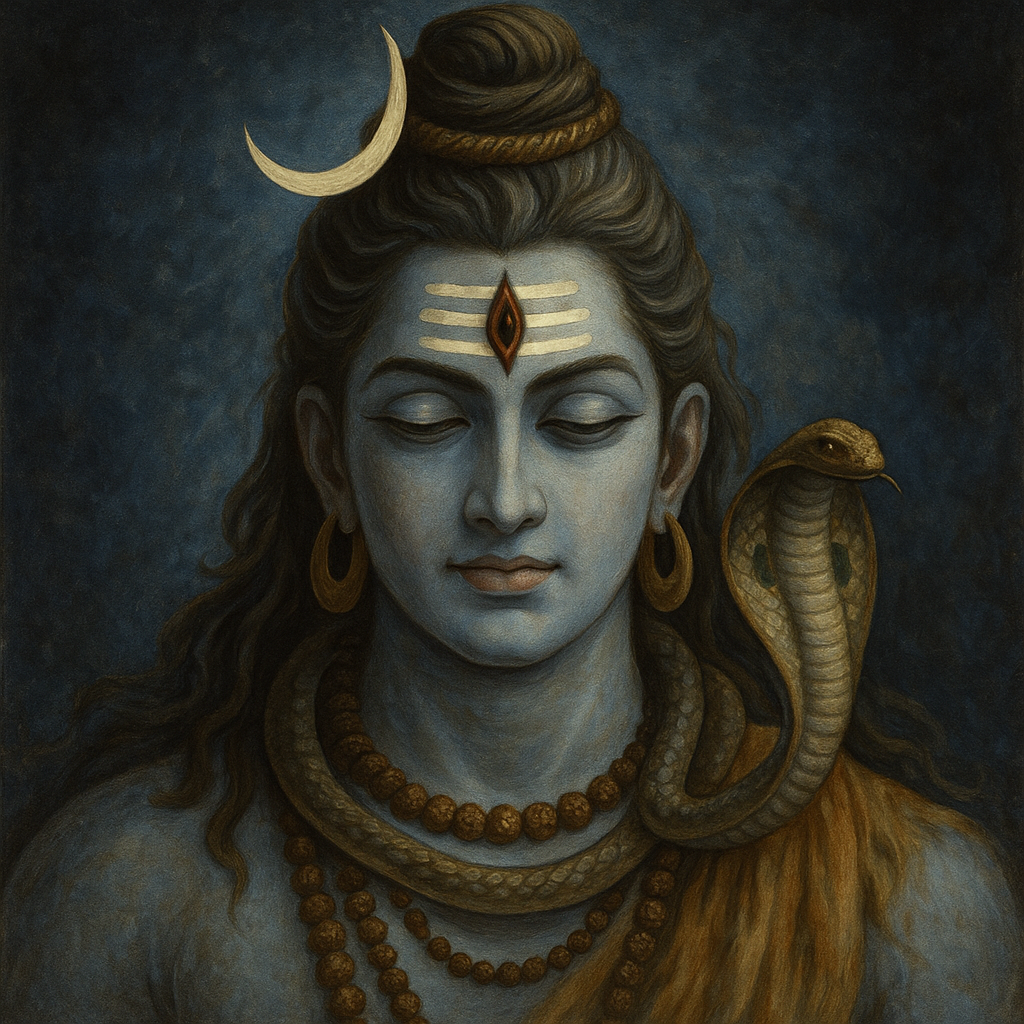
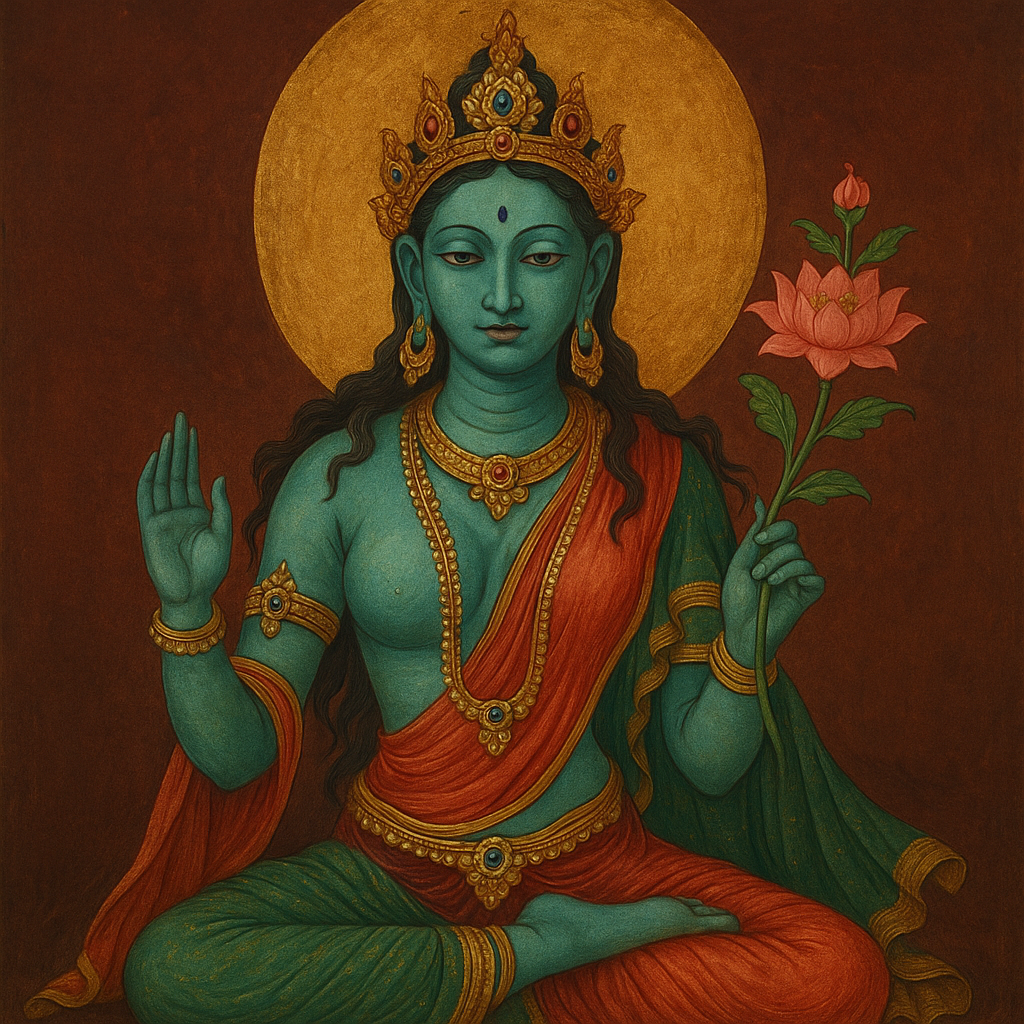
Ganesham Bachu
|June 13, 2024
Ardham teliya jeyandi